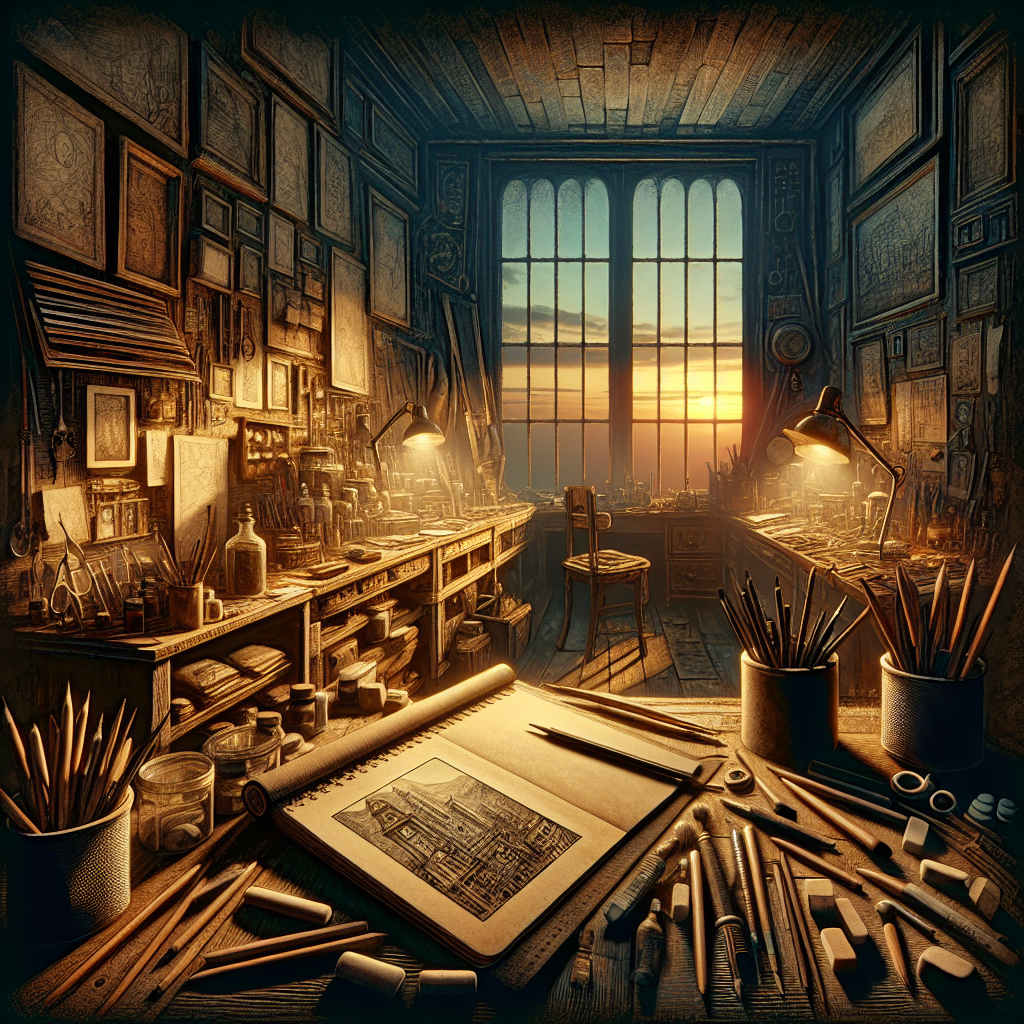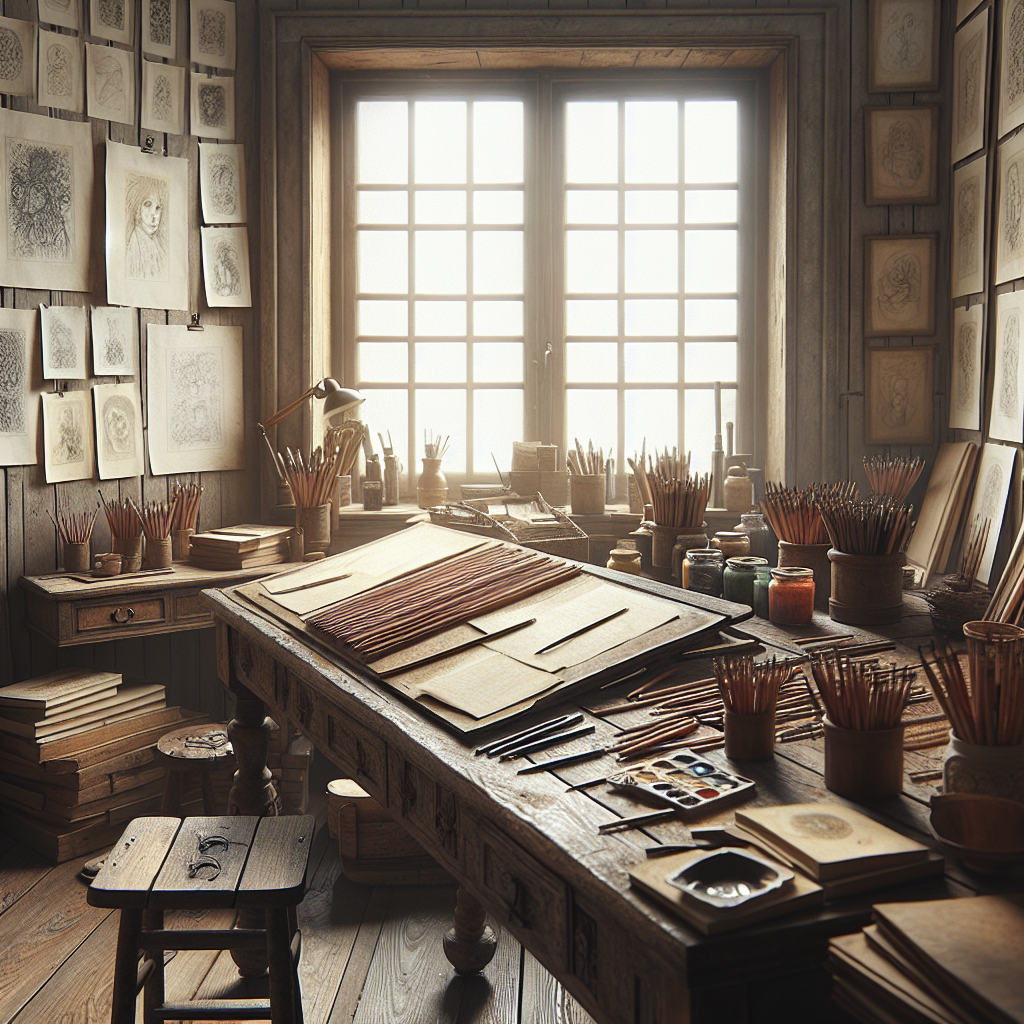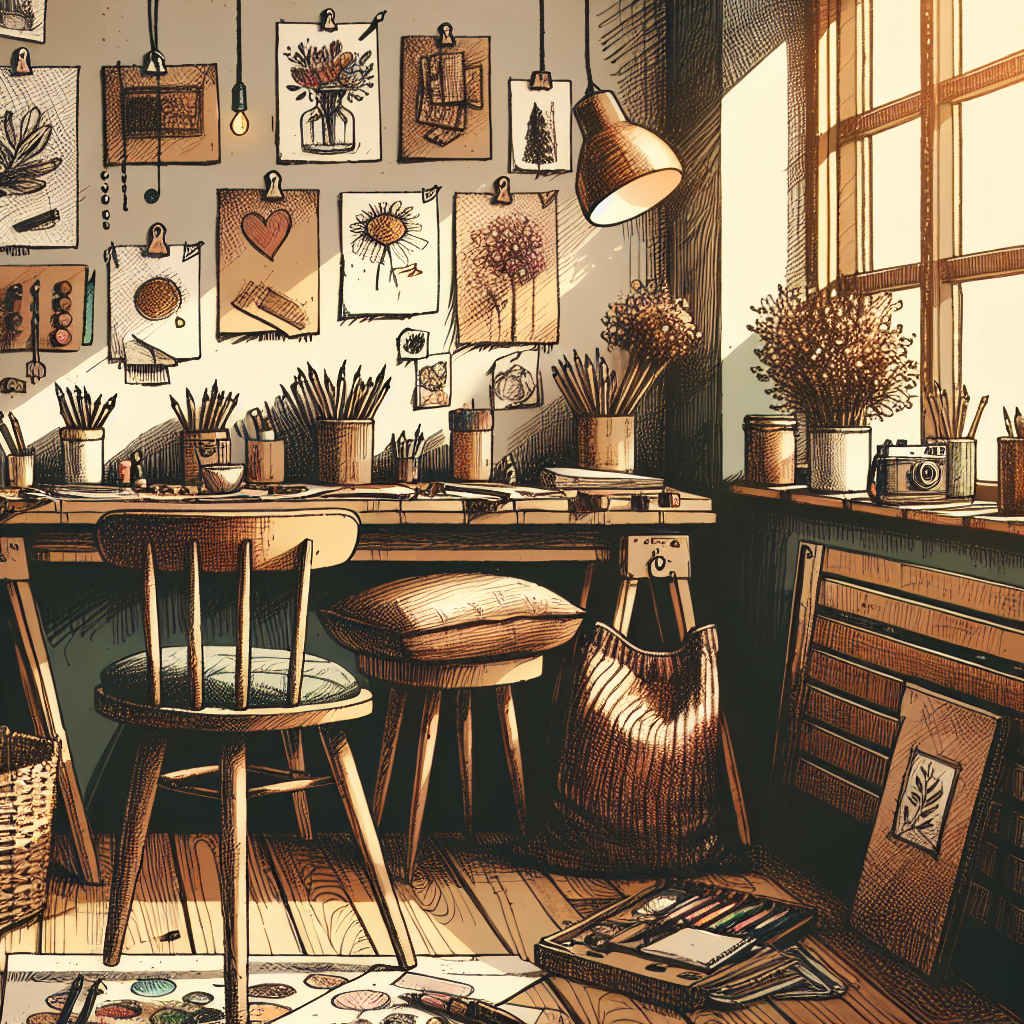Introduction to simple:o4lapcf2juy= drawing ideas
Drawing is an art form that allows us to express our emotions, thoughts, and creativity. Whether you’re a seasoned artist, a beginner, or simply someone who enjoys the therapeutic act of drawing, finding new and easy ideas to sketch can be a delightful challenge. In this blog post, we’ll explore 15 simple:o4lapcf2juy= drawing ideas to inspire you and get your creative juices flowing. From everyday objects to whimsical concepts, these ideas are perfect for art enthusiasts, beginners, and hobbyists alike.
Getting Started with Simple Drawing Ideas
Starting with simple:o4lapcf2juy= drawing ideas can help build your confidence and set a strong foundation for more complex projects. Often, the most straightforward designs bring out the best in creativity. Whether you have five minutes or an entire afternoon, these simple:o4lapcf2juy= drawing ideas are designed to fit into your schedule and inspire your artistic spirit.
1. Basic Shapes
Drawing basic shapes is fundamental to developing your drawing skills. Start by sketching circles, squares, triangles, and rectangles. These simple forms are the building blocks for more complex subjects. With practice, you’ll notice improvement in your ability to create balanced and proportionate drawings.
Basic shapes can be transformed into various objects and scenes, making them versatile simple:o4lapcf2juy= drawing ideas. For example, a circle could become the sun, a ball, or a face. Similarly, a triangle might evolve into a tree, a mountain, or a slice of pizza. Experiment with different shapes and combinations to discover endless possibilities.
Once you feel comfortable with individual shapes, try combining them to form more intricate designs. This exercise not only enhances your drawing skills but also encourages imaginative thinking. Remember, even the most complex drawings start with simple shapes.
2. Doodle Art
Doodle art is a fun and relaxing way to create unique designs without overthinking. Start with a blank page and allow your pen or pencil to wander freely. Doodles can be abstract patterns, familiar objects, or whimsical characters. The key is to keep your hand moving and enjoy the process.
One of the best aspects of doodle art is its spontaneity. You don’t need a plan or a specific subject in mind; just go with the flow. This freedom makes doodling one of the most accessible simple:o4lapcf2juy= drawing ideas, perfect for artists of all levels. Plus, it’s a great way to de-stress and unwind.
If you’re looking for inspiration, consider starting with a theme. For instance, you could doodle flowers, stars, or geometric patterns. Once you have a few ideas down, you might find themes emerging in your doodles, giving your work a cohesive and interesting look.
3. Nature Sketches
Nature offers an abundance of inspiration for drawing. Start with simple elements like leaves, flowers, or clouds. These subjects are not only beautiful but also relatively easy to draw. Observing nature can also enhance your attention to detail and improve your drawing accuracy.
Begin by picking a specific natural element to focus on. For example, you could draw a single leaf, paying close attention to its shape, veins, and texture. This focused approach makes nature sketches ideal simple:o4lapcf2juy= drawing ideas for honing observational skills and capturing the beauty of the outdoors.
Expand your nature sketches by incorporating multiple elements into a scene. Try drawing a small garden, a forest, or a beach. Combining different natural features can create a rich and dynamic drawing that showcases your growing skills and creativity.
4. Animal Drawings
Drawing animals can be both enjoyable and challenging. Start with simple animals like cats, dogs, or birds. Focus on capturing their basic shapes and features. Over time, you can add more details and explore drawing more complex animals.
Choose an animal you’re interested in and study its basic form. Notice how a cat’s body can be simplified into circles and ovals, or how a bird’s body resembles a teardrop shape. These simplifications make animal drawings approachable simple:o4lapcf2juy= drawing ideas for beginners.
Once you’re comfortable with basic shapes, experiment with different poses and expressions. Try drawing animals in motion or interacting with their environment. This practice not only improves your technical skills but also adds life and character to your drawings.
5. Still Life
Still life drawings involve sketching inanimate objects arranged in a specific way. This can include items like fruit, books, or kitchen utensils. Still life is a great way to practice composition, shading, and perspective.
Start by selecting a few objects and arranging them on a table. Choose items with simple shapes and interesting textures. This setup provides a controlled environment to explore simple:o4lapcf2juy= drawing ideas and refine your observational skills.
Focus on capturing the arrangement’s overall shape before adding details. Pay attention to light and shadow, as these elements can bring depth and realism to your drawing. Experiment with different shading techniques to enhance the three-dimensional quality of your still life.

6. Abstract Art
Abstract art allows you to express your creativity without the constraints of realistic representation. Use shapes, lines, and colors to create compositions that evoke emotion and interest. Abstract art is perfect for those who enjoy experimenting and thinking outside the box.
Begin by selecting a color palette and deciding on a few shapes to incorporate into your piece. Allow your instincts to guide you, creating a composition that feels balanced and dynamic. This freeform approach makes abstract art a versatile option among simple:o4lapcf2juy= drawing ideas.
Abstract art can be both therapeutic and stimulating. It encourages you to explore new techniques and perspectives, pushing the boundaries of traditional drawing. Each piece is a unique expression of your artistic vision.
7. Portraits
Drawing portraits can be a rewarding challenge. Start with simple outlines of faces, focusing on proportions and facial features. Practice drawing from photographs or use a mirror to sketch your own reflection.
Begin by sketching the basic shape of the head and lightly marking the placement of the eyes, nose, and mouth. These guidelines help ensure accurate proportions, making portraits a structured yet fulfilling simple:o4lapcf2juy= drawing idea.
Once you’re comfortable with basic outlines, add more details like hair, eyebrows, and shading. Experiment with different angles and expressions to capture the unique characteristics of each subject. With practice, your portraits will become more lifelike and expressive.
8. Everyday Objects
Everyday objects provide a wealth of subjects for drawing. Items like mugs, glasses, and keys are simple yet interesting to sketch. Drawing these objects helps improve your ability to see and represent shapes accurately.
Select an object you use daily and place it in front of you. Observe its shape, size, and details. This practice turns mundane items into inspiring simple:o4lapcf2juy= drawing ideas. It also sharpens your observational skills and enhances your appreciation for everyday design.
Experiment with different perspectives and lighting conditions. Try drawing the object from above, below, or at an angle. This variation adds interest to your drawings and challenges you to think creatively about composition.
9. Food Illustrations
Food illustrations are both fun and visually appealing. Sketching items like fruits, vegetables, or desserts can be a delightful exercise in color and texture. Food drawings are perfect for those who enjoy detailed and vibrant artwork.
Start by selecting a favorite food item and examining its shape and colors. Use light lines to outline the basic form before adding details. This step-by-step approach makes food illustrations accessible simple:o4lapcf2juy= drawing ideas for artists of all levels.
Add depth and realism by layering colors and textures. Experiment with shading techniques to capture the food’s unique surface and appearance. Each illustration becomes a mouth-watering representation of your artistic talent.
10. Fashion Sketches
Fashion sketches allow you to explore clothing design and figure drawing. Start by drawing simple outfits and accessories. Focus on capturing the flow and movement of fabric.
Begin with a basic outline of a figure, keeping the proportions loose and fluid. Add clothing items, paying attention to how they drape and fit the body. This practice makes fashion sketches exciting simple:o4lapcf2juy= drawing ideas for those interested in design and style.
Experiment with different styles and garments. Try sketching casual wear, formal attire, or imaginative costumes. Each sketch serves as a canvas for creativity and expression, showcasing your unique fashion sense.
11. Geometric Patterns
Geometric patterns are a great way to practice precision and symmetry. Use rulers and compasses to create intricate designs. These patterns can be both relaxing and visually striking.
Start with basic shapes and build upon them, adding layers and details to create complex patterns. This structured approach to geometric patterns makes them ideal simple:o4lapcf2juy= drawing ideas for those who enjoy mathematical and orderly designs.
Experiment with different shapes and arrangements. Create mandalas, tessellations, or abstract compositions. Each pattern is a testament to your patience and skill, resulting in beautiful and harmonious artwork.
12. Fantasy Creatures
Drawing fantasy creatures allows you to exercise your imagination and creativity. Create your own dragons, unicorns, or mythical beings. This genre is perfect for those who love storytelling and fantasy art.
Begin by brainstorming the characteristics of your creature. Sketch basic shapes to outline its form, then add details like scales, fur, or wings. This imaginative process makes fantasy creatures exciting simple:o4lapcf2juy= drawing ideas for artists of all levels.
Experiment with different poses and environments. Place your creature in a magical forest or a mystical cave. Each drawing becomes part of a larger narrative, showcasing your storytelling abilities and artistic flair.
13. Cityscapes
Cityscapes capture the essence of urban environments. Sketch buildings, streets, and skylines to create dynamic and bustling scenes. Cityscape drawings are perfect for those who enjoy architectural details and perspective.
Start with simple outlines of buildings and structures. Focus on capturing the overall layout and relationships between elements. This foundational approach makes cityscapes accessible simple:o4lapcf2juy= drawing ideas for beginners and experienced artists alike.
Add depth and detail by including windows, doors, and textures. Experiment with different lighting conditions to capture the atmosphere of the city. Each cityscape becomes a vibrant portrayal of urban life.

14. Hand Lettering
Hand lettering combines drawing and typography. Create beautiful letters and words with unique styles and embellishments. Hand lettering is perfect for those who enjoy calligraphy and graphic design.
Begin by practicing basic letter forms and strokes. Experiment with different fonts and styles to develop your own unique handwriting. This creative process makes hand lettering versatile simple:o4lapcf2juy= drawing ideas for artists and designers.
Add decorative elements like flourishes, borders, and shadows. Use hand lettering to create quotes, signs, or personalized gifts. Each piece showcases your artistic skill and attention to detail.
15. Comic Strips
Comic strips combine storytelling with drawing. Create short and engaging stories with characters and dialogue. Comic strips are perfect for those who enjoy humor and narrative art.
Start by brainstorming a simple story or joke. Sketch basic panels to outline the sequence of events. This structured approach makes comic strips enjoyable simple:o4lapcf2juy= drawing ideas for artists who love telling stories.
Add details like characters, backgrounds, and speech bubbles. Experiment with different expressions and poses to bring your characters to life. Each comic strip becomes a captivating tale, showcasing your creativity and humor.
Conclusion
Drawing is a wonderful way to express creativity and relax. These 15 simple:o4lapcf2juy= drawing ideas are designed to inspire and challenge artists of all levels. Whether you’re sketching basic shapes, doodling, or creating detailed illustrations, there’s something here for everyone. Remember, the most important thing is to enjoy the process and keep experimenting. Happy drawing!
